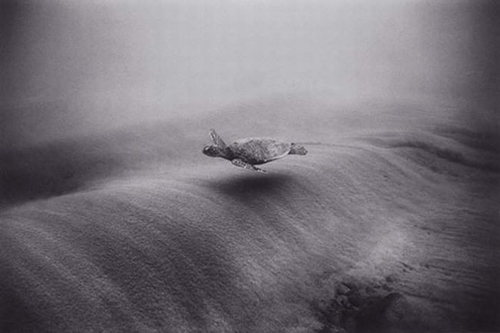![]()
HOME------FICTION------NON-FICTION------LOCALS------ABOUT![]()
What happened to the sandbars?
The Beachside Resident - March 2012

Years ago, Cocoa Beach stretched out as a broad expanse of fine, white compacted sand. Before condos armored the shoreline and the Port Canaveral jetty extension interrupted the north/south littoral sand flow, Cocoa Beach was an idyllic place for surfers, a place where waves broke cleanly over outer sandbars and peeled all the way through to the inside.
Longtime resident James MacLaren remembers those days. He says the years have not been kind to Cocoa Beach’s sandbars, and he attributes much of the troubles to the beach renourishment projects of 2001 and 2005.
The sand dredgings, MacLaren says, “encouraged the development of a deep trough, as well as a steeper beach slope.”
While this has long been the popular conception among the surfing community, it has never been supported by scientific fact.
Until now.
John Hearin, Vice-Chairman of the Cocoa Beach Surfrider chapter, has just completed his doctoral dissertation on the effects of the sand dredgings on Cocoa Beach’s waves. And while his findings won’t come as a surprise to surfers, they might stir up the sands under the pro-dredging contingent.
In 2001, as part of Federal reparations for the jetty extensions and port projects, Great Lakes Dredge and Dock sucked 3.1 million cubic yards of sand out of the Canaveral Shoals and discharged it onto Cocoa Beach. In 2005, Weeks Marine pulled another 1.3 million cubic yards out of the shoals. The combined cost: $29 million.
FDEP standards require imported sand to “maintain the general character of the beach,” including grain size, color, and mineral composition. Hearin’s analysis found that the sand from the shoals was not a good match for our beaches. The renourishments altered the sea floor and transformed Cocoa Beach from a “dissipative” surf zone (which broke at all tides) to an “intermediate-reflective” one, effectively a tidal dependent beach with a narrow surf zone and more closeouts.
“The sand looked like it came out of an ashtray,” MacLaren recalls. “They said, ‘Give it time, it will bleach out,’ and told us that the beach would be just like it used to be. Overall, it was a disaster for Cocoa Beach surfing and I am not amused with it, not one bit.”
Mike McGarry, of Brevard County Natural Resources, says that the sand from the shoals was approved and permitted by the Army Corps of Engineers. He cites outside factors, including sea turtle nesting sites, sand availability, and erosion control as factors in determining the borrow site.
Hearin, a longtime waterman, recommends an investigation of a permanent sand bypass system at Port Canaveral, which he says would “promote a more natural flow of sediment, and reduce the need for disruptive dredge-and-fill projects.”
![]()
